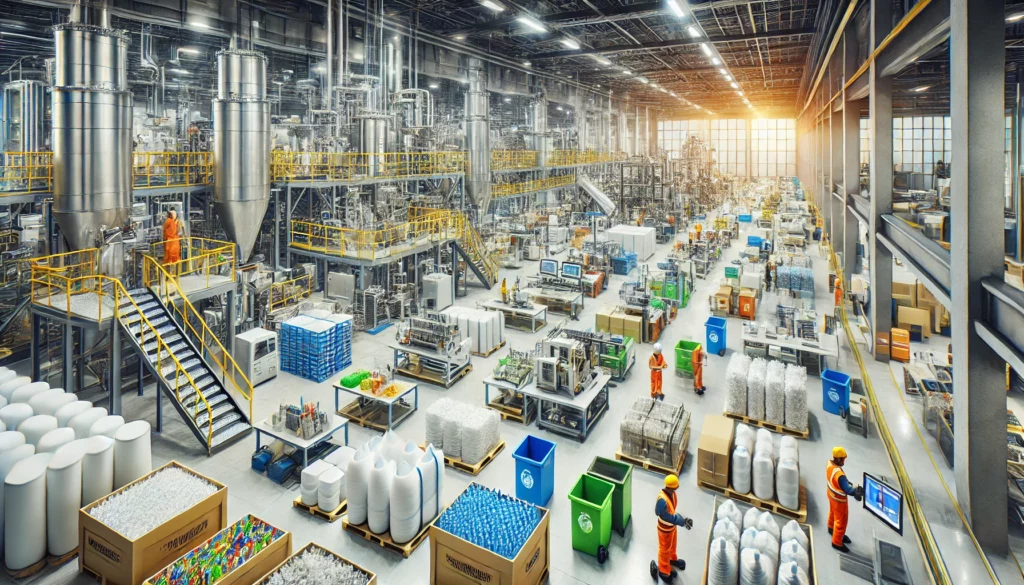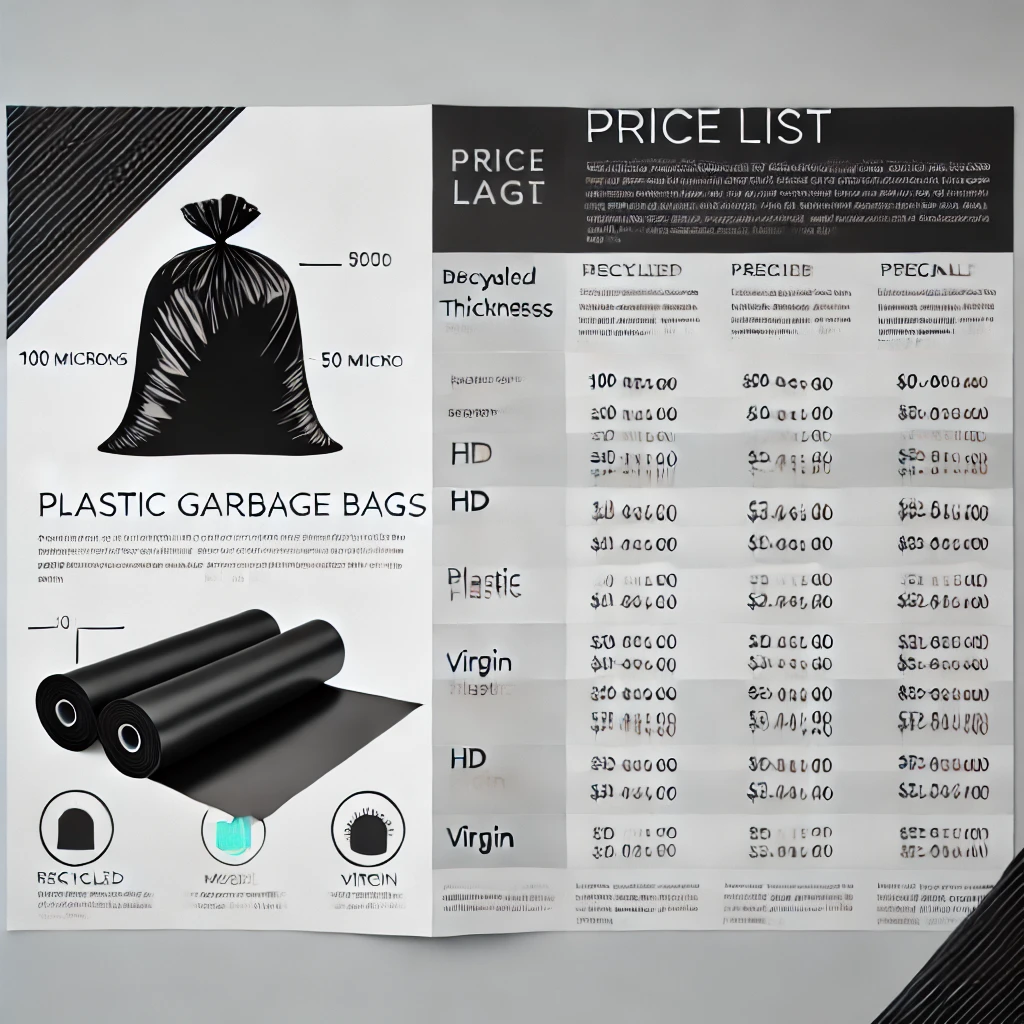The UAE’s plastic products market is experiencing dynamic changes driven by various factors including e-commerce growth, environmental policies, and technological advancements. This article provides an insightful exploration into the pricing and demand trends of different types of plastic products within the region.
Table: Average Price Ranges of Plastic Products in UAE (AED per kg)
| Type of Plastic | Average Price Range (AED per kg) |
|---|---|
| Recycled Garbage Plastic | 2.7 – 3.5 |
| Virgin Garbage Plastic | 3.2 – 6.7 |
| Stretch Film | 3.9 – 7.4 |
Sector Breakdown
- Packaging Plastics:
- Demand Drivers: The increase in retail and e-commerce, especially with Amazon’s stronger presence, boosts the demand for plastic packaging.
- Key Players: Companies like Hotpack and Al Bayader International are leading the market with innovative packaging solutions tailored for various industries.
- Rigid Plastic Packaging:
- Market Overview: Essential for industries such as food and beverage due to its robust applications.
- Sustainability Trends: There is a growing shift towards sustainable and eco-friendly packaging, influencing market dynamics significantly.
- Recycled Plastics:
- Growth Factors: Heightened environmental awareness and governmental initiatives aimed at reducing plastic waste have catalyzed the growth of the plastic recycling market.
- Innovative Initiatives: Programs like DGrade’s “Simply Bottles initiative” are pivotal in promoting higher recycling rates.
- Plastic Types and Prices:
- Variety and Application: The market features various plastics like Polyethylene (PE), Polypropylene (PP), Polyvinyl Chloride (PVC), and Polystyrene (PS), each catering to specific industrial needs.
- Price Influencers: The cost of these plastics varies by type and application, with specialty products such as biodegradable or recycled plastics often demanding a premium.
Conclusion
The UAE’s plastic market is poised for continued growth and transformation. By understanding the pricing trends and market demands for these various types of plastics, businesses can better strategize their operations and investments to align with market movements and regulatory changes. As the market evolves, staying informed with the latest trends and shifts will be crucial for stakeholders across all levels of the plastic supply chain.









